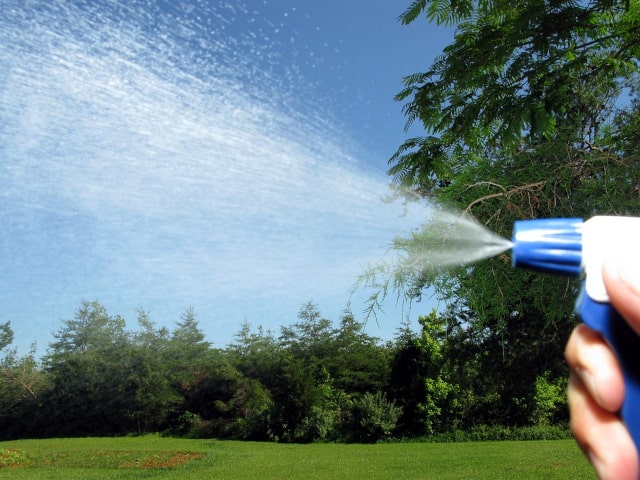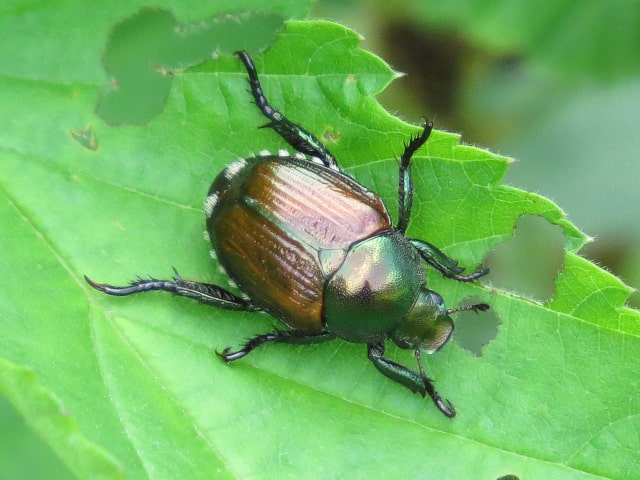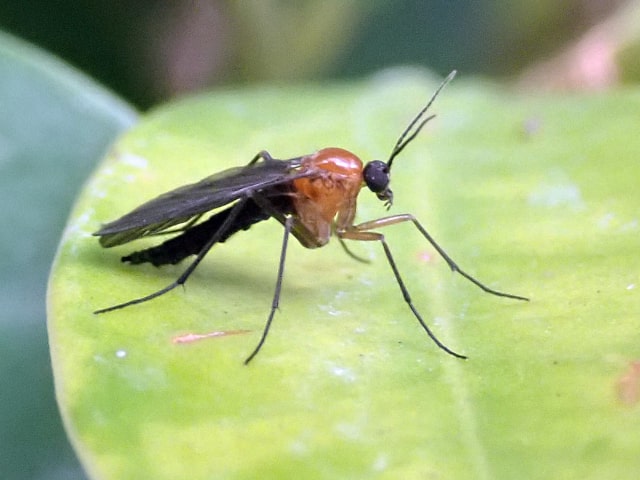
Powdery mildew is a common plant pest all owners should know about. This fungus (botanical name Microsphaera penicilliata) affects many plants, so it's important to know how to deal with it.
Different Types of Fungal Diseases
"Mildew" can mean many things. It's usually referred to discoloration and growth caused by many different species of fungi. When it comes to gardening, the term "mildew" usually applies to 3 specific fungal diseases:
- Powdery mildew. Probably the most common of all fungal diseases on plants. It appears on the leaves and stems and it makes them look as though they have been sprinkled with flour (hence the name).
- Downy mildew. It can easily be recognized by white, frosty coating that appears on leaf undersides.
- Black mildew. It mostly attacks slow-growing tropical plants. You will recognize it by a soot-like coating on leaves.
They are all nasty, but powdery mildew is the most common of them all and can spread very quickly. For these reasons, it's important to know how to recognize and effectively fight this fungal disease.
Plants at Risk
Powdery mildew can affect just about any plant, so all plant growers should be aware of it. There are, however, certain species more susceptible to this disease, above all roses, lilacs, phlox, bee palm as well as pumpkins and other members of the squash family. If you own these plants you should take special attention in case powdery mildew appears.
Also, all plants growing in shady areas are at risk. Same goes for plants growing crowded together where air circulation is poor. It's important to understand these conditions can make powdery mildew appear even in arid climates. High humidity levels (even if it's just at the microclimate level) and high amount of rain also contribute to the problem.
How to Recognize Powdery Mildew
Powdery Mildew is easy to recognize. Common signs include:
- A powdery looking, white coating on the leaves.
- Some of the coating may appear on the stems and flowers (this happens in more severe cases).
- In the most severe cases, the leaf may become deformed.
Powdery mildew can ruin the appearance of your plants and make them look unhealthy. However, the good news is that, if spotted early, this fungal disease is not very dangerous or harming. Most of the plants shed their leaves so the mildew goes with it. In some cases, it may not even be necessary to treat your plants, unless you encounter a severe case of powdery mildew.
If you wish to get rid of the infected leaves, remove them carefully along with other affected parts. It's very important to destroy them in order to prevent the spores from re-infecting the plant or other plants. Never compost infected leaves. It's important to get rid of all infected leaves, stems and flowers.
You may also use a remedy to treat your infected plants. This is a less invasive method than the first one, so it works best for mild cases of the disease. You may choose a commercial product to treat your plants or you can make a homemade remedy to get rid of powdery mildew. Commercial fungicides containing sulfur are often very effective against this disease.
A Homemade Remedy
Make a solution of 1 tablespoon of baking soda in one quart of water. Spray the leaves and other affected areas. It often requires a second application but is very effective. Another effective remedy is a solution of 1 part milk to 9 parts of water.
Photo credit: Scot Nelson




0 Comments